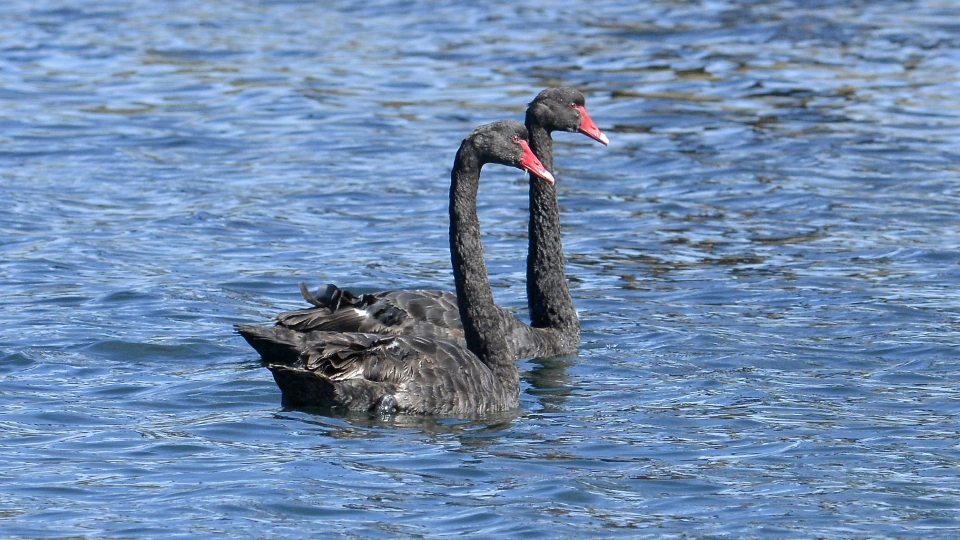For example when the Hooded Plovers are getting ready to breed, you’ll find groups of them - four or five birds that haven’t paired off yet. But they’re moving up and down various beaches quite a lot, particularly at Adventure Bay, down at Cloudy Bay, or on parts of Neck Beach. There are quite a few on the island, in various places. Similarly, Oystercatchers hate human disturbance when it's a constant presence. So dogs, cars and the other many types of human disturbance can disturb and disrupt their breeding. Protecting these shorebirds is not just about thinking of where they are breeding right now, but about all of the habitat and coastline they frequent.

When the Hooded plovers are getting ready to breed, you’ll find groups of them - four or five birds that haven’t paired off yet. But they’re moving up and down various beaches quite a lot.

Bob Graham
For example when the Hooded Plovers are getting ready to breed, you’ll find groups of them - four or five birds that haven’t paired off yet. But they’re moving up and down various beaches quite a lot, particularly at Adventure Bay, down at Cloudy Bay, or on parts of Neck Beach. There are quite a few on the island, in various places. Similarly, Oystercatchers hate human disturbance when it's a constant presence. So dogs, cars and the other many types of human disturbance can disturb and disrupt their breeding. Protecting these shorebirds is not just about thinking of where they are breeding right now, but about all of the habitat and coastline they frequent.

When the Hooded plovers are getting ready to breed, you’ll find groups of them - four or five birds that haven’t paired off yet. But they’re moving up and down various beaches quite a lot.
You might like...

Ecology of the Neck

Birds playing in wind at the neck

Cloudy Bay's extraordinary ecology

A colony of Swans moves into Bruny Island
Newsletter
Sign up to keep in touch with articles, updates, events or news from Kuno, your platform for nature
